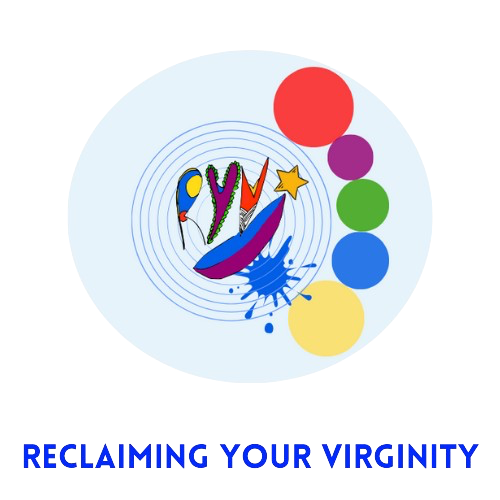Literature Review of Childhood Sexual Abuse
There are many descriptions or definitions of Childhood Sexual Abuse (CSA). According to the 2018 HM Government Report, ‘Working Together to Safeguard Children’ define CSA as…
…forcing or enticing a child or young person to take part in sexual activities, not necessarily involving a high level of violence, whether or not the child is aware of what is happening. The activities may involve physical contact.
They may also include non-physical contact activities, such as involving children in looking at or watching sexual images or activities and encouraging children to behave in sexually inappropriate ways or grooming. This can take place via the internet. Further sexual abuse is not solely committed by adult males. Women can also commit acts of sexual abuse, as can other children. (Office for national statics, 2019).
The Crime Survey for England and Wales (CSEW) estimated that 7.5% of adults aged 18 to 74 years experienced sexual abuse before the age of 16 years (3.1 million people); this includes both adult and child preparators (Office for National Statistics, 2019). These numbers alone suggest there are CSA survivors who are living with us, our work colleagues, friends, or even in our congregations who are silently living a double life.
In 2019 NAPAC (The National Association for People Abused in Childhood) answered 8,658 calls on their support line and replied to hundreds of support emails. There were 62,840 call attempts to NAPAC’s support line during this period.
CSA has been shown to have impacted the individual's neurodevelopment, cognitive abilities, hinder relationships and educational achievements (Devlin et al., 2019).
The long-lasting effects from CSA often manifest mentally and somatically, affecting the individual’s physical, emotional, and spiritual well-being. The three most common diagnoses given to survivors of CSA are post-traumatic stress disorder (PTSD), anxiety, and depression (Devlin et al., 2019). Apparently, due to the lack of open dialogue during CSA, survivors of CSA have been unable to release their primal wounds from their childhood such as survival personality, flooding of memories, dreams, denial, self-blame, numbing, suppression of emotions, fear shame and guilt (Linder, 2014).
Unresolved trauma left un-addressed is known to unconsciously wreak havoc, creating false survival strategies, activating a defence mode which becomes conditioned patterns of behaviour (Radford, 2018). These defence patterns manifest into CSA survivors living a double life that is conflicting with dualities that often lie deep in their psyche, meaning they live in a hidden reality or put on a public appearance to protect themselves from the emotional pain (Dayton, 2010).
Many traditional therapy approaches rely on verbal communication. The psychological foundation and security of the therapeutic relationships is dependent on vulnerability and trust to release pent up emotions, to gain deeper acceptance, compassion, and move forward in a more positive way (Unthank, 2007). However, since trauma directly affects the brain's verbal processing, it can be challenging for CSA survivors to verbalise feelings of their abuse (Van der Kolk, 2003). The use of dance, art and poetry interventions for CSA survivors offers a means of accessing nonverbal communication through the body (Levine & Frederick, 1997).
According to Mintarsih & Aziziah (2020), dance, art and poetry therapists help to provide a safe contained space to soothe trauma by offering ways for the body to slow down and not feel the need to protect itself. This can help CSA survivors to recall forgotten memories and construct a healing narrative for them to embody (Haye, 2014).
This can be achieved by relearning and turning their story into a myth, then into a dance, art and poetry for a ritual (Halprin, 2014). Where the survivor enters into the imaginary realm and listens deeply with their bodies, their art and poetry, to connect with their primal wounds, the bond they have with the trauma, and how it may affect the child inside (Stromsted, 2015).
Halprin (2019) calls this the creative expression, the bridge to the unconscious to the conscious awareness connecting the individual inner experience to the outer expression, where living mythology binds the individual to past experiences and provides information for transformation (Halprin, 2003).
A great deal of dance, movement, art and poetry especially for CSA survivors, is focused on the act of witnessing, which is best described as maintaining a presence of openness, acceptance, and truly seeing the individual for who they truly are (Welych-Miller, 2019). Apparently, CSA trauma cannot be truly overcome unless CSA survivors learn to have a friendly relationship with the body.
Letting go of CSA trauma is inevitably threatening to the ego, but the spirit/soul brings something greater, deeper than the trauma (Williams, 2014). Levine & Fredrick (1997) states the first steps towards recovering and transforming CSA, is to enter into the recalling of painful memories as they are there to teach us, we have survived, to honour the body our art and poetry, and what has happened. When survivors of CSA begin to trust their body, and what has emerged from their unconscious to be expressed through art and poetry feeling the depth and allowing vulnerability (Unthank, 2019); they have created a ritual for something special, inviting, and playful. They have entered into a mysterious journey through bodies and creative expression. Halprin (2019) states the spiritual body is our constant, fluctuating relationship to the life force. Finding what we have been searching for all along, the presence of being, and the infinite flow of divine unconditional love (Halprin, 2019).
